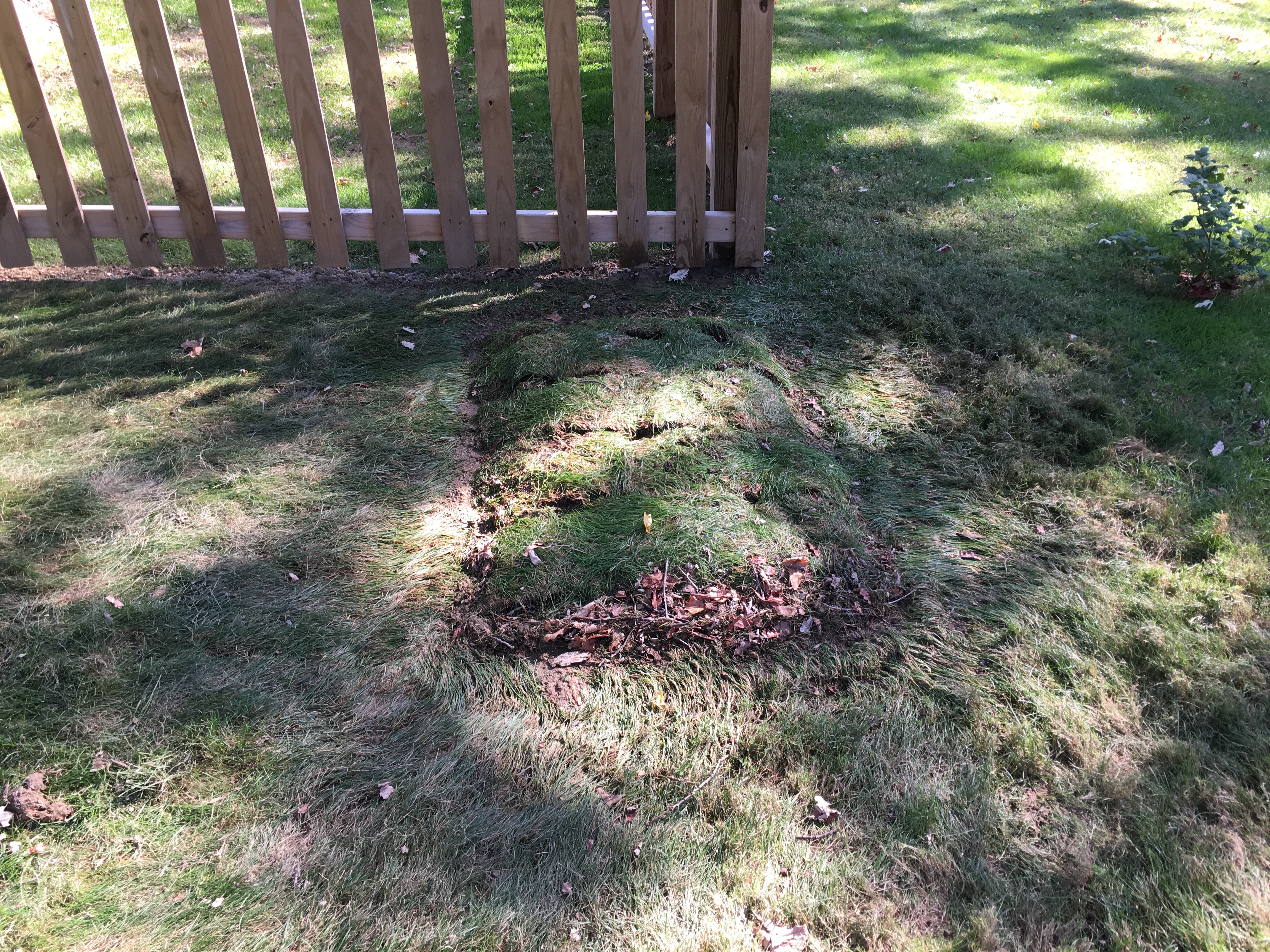This story begins with a little bit of mystery.
Well, initially I was just involved with another one of my web design projects. I had previously built a dashboard of sorts–a web page that had embedded widgets. I would open the page with my Raspberry Pi, and plug it into the TV. Then I could just switch inputs and see the displayed info–weather and news–on my main TV.
The problem with this method is that I could never figure out a way to automatically open the browser upon boot and enter kiosk mode. Usually this wasn’t a problem, but whenever the Pi got unplugged, I had to hunt down a mouse and keyboard so I could relaunch the browser. The Pi’s browser also had a habit of timing out, so I’d have to refresh it manually, which again meant hunting down a mouse/keyboard. Eventually, the novelty of the project wore off and the irritations outweighed the benefit, so I moved the Pi to the basement where it sits idle–serving only the purpose of being a low-risk device with which to practice remote shell Linux commands from the command line terminal.
Then I realized that since the Xbox has a native browser, perhaps I could revive the dashboard project to simply run on the Xbox. I dug up the URL from where I had buried it, and launched the site.
The news feed wasn’t working, and the embedded calendar was redundant as I had a setup already running that in the basement. So the dash would need a redesign after all.
I settled on 3 panes: my embedded NOAA radar, a weather forecast widget, and a news feed. The first 2 I already had working, and some CSS got them positioned right. But for the life of me, I could not find a reliable news feed that allowed iframe embedding. The former method I had been using was a free Google service, which they had since deprecated. Everyone wants you to sign up for things now. Apparently something as minor as general news is no longer considered a free service. Pity. After failing to find a replacement, I abandoned the news feed idea.
I needed something else to fill the space, and I concluded that I would just complete the weather theme and find a free webcam. I began with local news stations, but as with their Doppler radars and news feeds, nothing was intuitive, embeddable, or truly free. Does everything have to be a source of revenue? There was a time when the Internet was considered a free medium.
Further searches revealed a local webcam. It was good resolution, too, and a genuine live-feed (something that rarely exists anymore). Plus, the hosting server didn’t have any lockouts on iframe embedding. Some more CSS and I had the webcam feed on my dashboard.
It could have ended there, but I grew curious. Who would host a publicly-available webcam? I began poking around the hosting domain.
The website’s design was pretty basic by modern standards–no HTML5, no adaptive content, no CSS styling. It was a refreshing throwback to the Internet of the 90s. The site itself was a resource on radio: HAM, scanners, AM PSA; and where to learn about them and buy equipment. I tuned in to 1660 AM–the listed station, and heard a local broadcast of a High School sports event.
Further intrigued by this grass-roots site, I did a WHOIS search on the domain, and found to my surprise that the site’s registrant’s information wasn’t blocked. The address of his office was public, and as it turned out, just a mile north of my house. The webcam couldn’t have been much more local than that.
Something about the site inspired me. Maybe it was guilt at having access to free information and a webcam, or a desire to give back. Maybe I just wanted to see if I could help someone, or simply needed an excuse for another project. Who knows? Whatever the reason, I spent a couple evenings coding a new front page for the site. I modernized it and organized the information so it was easier to navigate. I assigned this redesign it’s own subdomain and hosted it on my server. Then, I sent the owner an email.
I told him I liked the information on the site and the webcam, and offered the redesign code freely were he interested. I told him that it was nice to see such a site, obviously self-hosted, and offering a public service.
The email was a Yahoo! domain, and as I was a random stranger reaching out from the internet, I didn’t expect to receive any response. But to my surprise, hours later, he answered.
He explained in great detail the site’s content–the public radio station for citizens to make announcements and what he uses to transmit local high school games. He confirmed the webcam is for public use, and that the local Channel 2 news uses it sometimes in their weather reports. He explained that his maintenance of the business he’s mostly retired from, but keeps it running for extra revenue for his hobbies. Consequently, he wasn’t interested in help with the web design, but he thanked me for offering.
I confess, I had always found HAM hobbyists to be weirdos, but this man was surprisingly normal, giving off a vibe of being an older man with hobbies that overlapped a personal business. We should all be so lucky.
I thanked him for the information and told him this was an interesting experience as a segue into another world of communications technology for me. It reminded me that while a technology inevitably becomes commercialized, and the large companies garner the most attention, niche groups and hobbyists remain, using the technology for its original purpose, free from the capitalistic motivations of shareholders. It remains as evidence that intellectuals still pursue knowledge for knowledge’s sake, and offer free benefits to the population as a whole in the process.
–Simon







 The newest Xbox Games with Gold freebie I grabbed was Battlefield 3. Aside from the most recent Battlefield 1 (which is so numbered as to designate its setting: World War I, rather than its chronology in the game series. Beats me), I had never played a Battlefield game before. At the height of my gaming, I was a Call of Duty guy. Even then, however, I just didn’t have the time to play both. But I vaguely knew about the rival franchise because whenever someone complained about Call of Duty, which was often, the criticism always preceded the threat that they were going to switch over to Battlefield (which they never did of course). So Battlefield was kind of like Canada after every election or major partisan issue here in the States.
The newest Xbox Games with Gold freebie I grabbed was Battlefield 3. Aside from the most recent Battlefield 1 (which is so numbered as to designate its setting: World War I, rather than its chronology in the game series. Beats me), I had never played a Battlefield game before. At the height of my gaming, I was a Call of Duty guy. Even then, however, I just didn’t have the time to play both. But I vaguely knew about the rival franchise because whenever someone complained about Call of Duty, which was often, the criticism always preceded the threat that they were going to switch over to Battlefield (which they never did of course). So Battlefield was kind of like Canada after every election or major partisan issue here in the States.